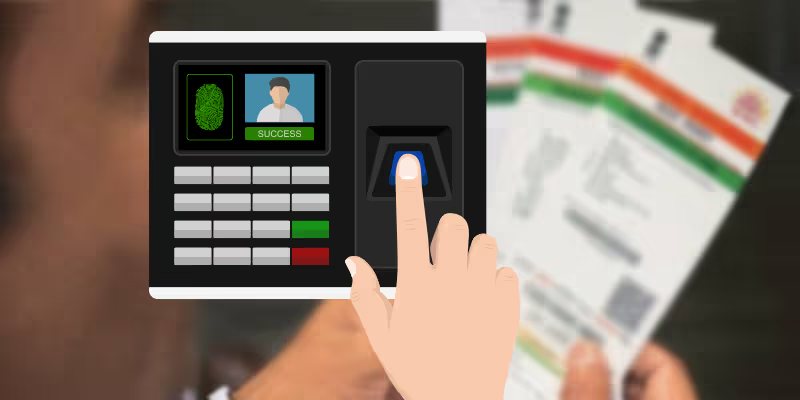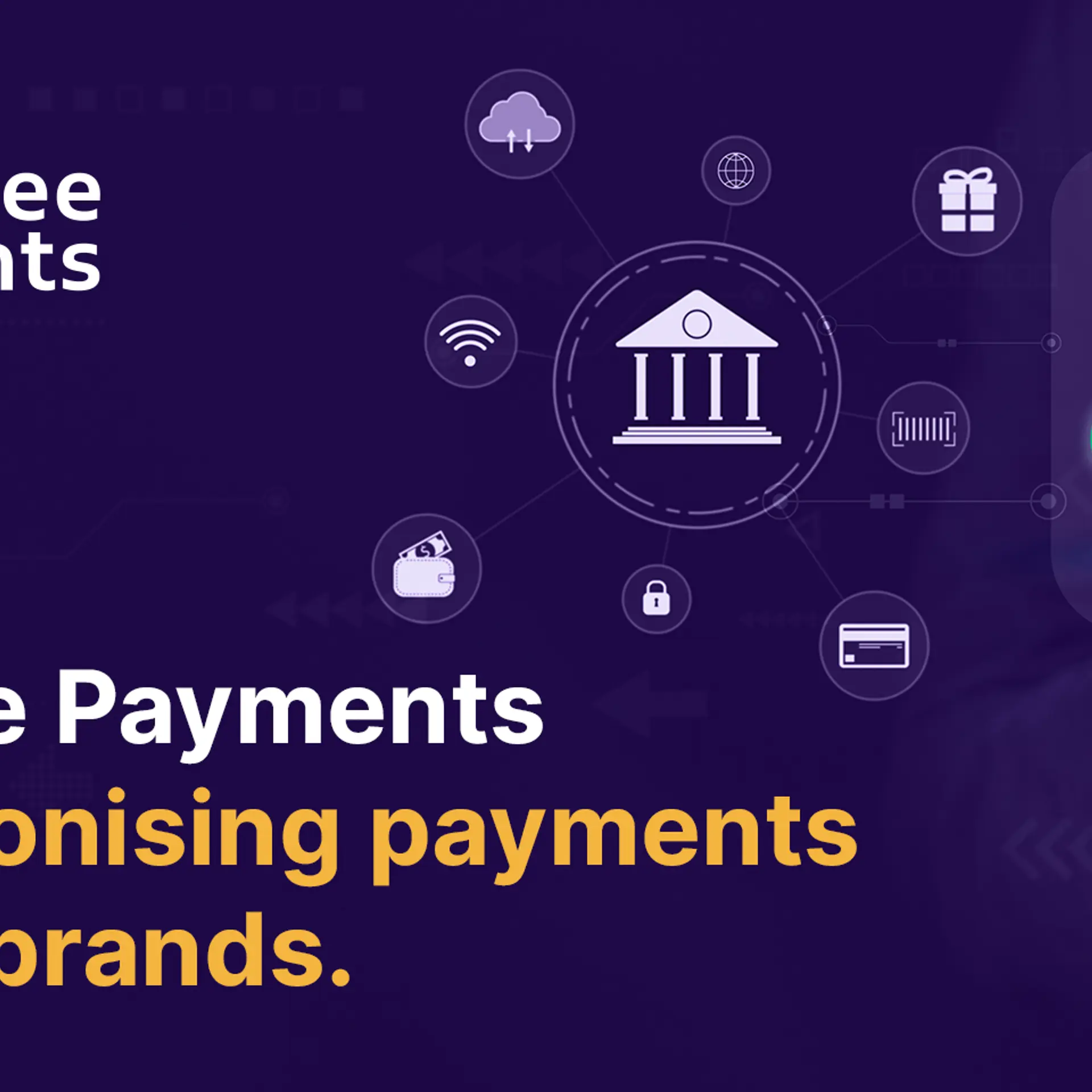Is the Aadhaar experiment akin to an elephant walking a tightrope?
While criticism against Aadhaar has been quick, there is a need for an unbiased report on the ways in which the PDS system has fared since its implementation.
There are numerous examples where Aadhaar glitches have spelled trouble, misery and major inconvenience to the citizens of India. A widow from Jharkhand who cannot walk has been denied food grains from January 2017 because she couldn’t authenticate herself. A family had two members whose fingerprints couldn’t match with the database of Aadhaar, and authorities refused to provide food grains.

Such instances have become common talking points in the discourse of Aadhaar implementation. Other topics related to Aadhaar that have ruled the discourse heavily is that of privacy of public data that has been acquired by UIDAI through Aadhaar implementation. Through our social dialogue it becomes clear that there are two tests that Aadhaar project should essentially pass to win support from the public:
1. The Privacy test
2. The Welfare test
The Aadhaar experiment is is enormous and historic. I call this an experiment because the whole action of creating a social identity to serve the purpose of inclusive banking and many other purposes is something new. India as a nation currently is testing many hypotheses. The primary purpose of Aadhaar is to serve as the universal identity, iron out kinks while availing subsidies, and also act as an enabler to acquire other government authorised documents like passport etc.
As of August 2017, 1.17 billion people in India are enrolled members of Aadhaar. While enrolling in Aadhaar the system collects a photo, scans of 10 fingers and an iris scan of the eyes. Put together with the name, address and phone number, Aadhaar transforms into a total digital identity for an Indian. It is one of the most sophisticated ID projects in the world. The successive UPA and NDA governments were able to build a platform that was able to onboard more than one billion people. No other public entity has been able to carry out this feat.
Let’s briefly go over where exactly Aadhaar has served us in the near past. Aadhaar card was used as the major document of proof when opening a bank account under the Pradhan Mantri Jhan Dhan Yojana. The account opened under this scheme has major benefits of zero account balance, accident benefits, RuPay card etc. Aadhaar was used to directly transfer subsidies to one’s bank account when someone is eligible for the same. Introduction of Aadhaar has also been a boon to the banking industry, as it provides great relief to citizens whilst opening a bank account by asking them to submit only one document.
The other advantages of a unique ID are also for everyone to see. There are so many government initiatives that have bitten dust just because they could not target beneficiaries precisely. Aadhaar helps this condition through:
- Unique identification and authentication of targeted beneficiaries,
- Removal of ghost beneficiaries,
- Identification of tax evaders.
There are and there will be some problems when such progressive changes are made. The way the public distribution system (PDS) has worked in India through its inception and till the near present is no secret. The whole system is still a leaky pipe. There is no denying the crucial failures in Aadhaar that have led to some problems at the ground level. But to look at the Aadhaar issue in the case of welfare distribution one ought to look at its performance vis a vis the old system.
The relevant question to be asked amidst all this disruption is if the Aadhaar-targeted PDS machinery better than ration card-targeted PDS machinery.
The old PDS also had a large number of poor and needy people going without food. Fair price shop owners used to fake ration cards and sell ration in the open market. Research should be aimed at comparative analysis and if and how the new system has brought any desirable changes. What has been clearly missing is a clear and transparent investigation of Aadhaar-based PDS. An expert committee should be set up to evaluate and take report of the ground situation. It is really noteworthy that despite such criticisms no organisation has come up with a deep fact-based analysis of the situation. One-off cases and outliers, although very sad and unfortunate, do not at all make case for removal of Aadhaar-based PDS.
From a technological and design perspective, the cases that have come up are clearly avoidable under the present structure of Aadhaar-based PDS. Better on-ground management from bureaucrats and civil servants, technical finetuning of Aadhaar infrastructure such as offline verification system and other improvements could have easily prevented many of the cases.
It is easy to get paranoid only when big changes are made to the present-day system.
The debate on privacy is more natural and is a consequence of the big shadow that a great elephant-esque project like Aadhaar throws. A database of more than one billion humans that contains names, addresses, biometric identity and identification will without doubt be a target of digital mining. No database is perfectly secure and there have been many reports of privacy breach resulting from government carelessness and hacking efforts from engineers. There have been fears that Aadhaar data may be used for surveillance or to punish dissenters.
But at the same time in a country like India, where only a little more than four percent of the population pays any kind of direct tax, we need Aadhaar to spread a wider web to increase tax collection and, in effect, have a larger pocket to spend on social welfare schemes. What do we prioritise: individual privacy or efficient social welfare scheme implementations? Those are two difficult things to do a trade off with.
For the Aadhaar project to gain widespread trust there has to be incredible technical and social innovation, where a great digital trust system that is well designed addresses privacy and efficiency concerns. From the lens of 2017, it just seems like an elephant trying to balance a rope. A thin one.
(Disclaimer: The views and opinions expressed in this article are those of the author and do not necessarily reflect the views of YourStory.)







